“As part of their collaboration with the Whitney museum, keds commissioned conceptual artist Jenny Holzer to design a series of shoes with her signature word based art. the shoes are part of the Kedswhitney collection and feature keds’ classic canvas shoes in black, white and grey with the slogan ‘protect me from what I want’. the shoes will go on sale in the US this July through select retailers. the collection is part of keds’ sponsorship of the Whitney museum of American art summer season…”
“There they are: two hi-tech war toys, phallic and fascinating. The Harrier jump jet hangs just inside the entrance of the long gallery, framed and cropped by an arch as one approaches. When Tate Britain opened this morning I saw two early visitors walking straight past on their way to the Whistlers and the Turners – before they turned to find the jump jet in a permanent nosedive, arrested inches above the floor, wings outstretched, rear lost somewhere up by the skylights. Even hung by the tail, the Harrier is a symbol of power. But, like the assassinated Mussolini strung up by his feet, it also shows that power is mutable. I couldn’t resist lying underneath, nose-to-nose, sensing the weight and mass and power of it above me, like a stilled pendulum. From this position all I could see was the circular nose cone, filling my vision like a football about to belt a goalie in the face. I am less certain that Fiona Banner needed to draw feathers on the bodywork and wings of the jet, even though she’s done it discreetly; the Harrier is in any case named after a bird of prey. Maybe she wanted us to think of vermin strung up on a gamekeeper’s gibbet, or a game bird hung in Tate Britain’s neo-classical larder. Banner probably also wants to remind us of earlier drawings she has made, using fighter-plane wings as her canvas or paper. Previously she has written moment-by-moment descriptions of war movies – including Apocalypse Now and Black Hawk Down – and of the experience of drawing from a live model. Now she gives us the real thing…”
Read More: Fiona Banner’s toys for boys are a turn-on at Tate Britain
“During his 32 years in jail for jewellery and antiques thefts, Bob Farquhar’s artistic talent was recognised and nurtured. He won awards and the backing of a host of patrons, including a former president of the Royal Academy. On leaving prison for the final time 25 years ago, he set up a London gallery but 10 years ago he vanished and stopped painting. Now an exhibition of 20 newly commissioned paintings by Farquhar is to open in a gallery on the south coast thanks to the dogged belief of a woman who delivered a takeaway meal to him in a one-room “hovel” and noticed photocopies of his work hanging above his bed. Farquhar served many sentences of four, six and seven years. As a young burglar he could, said a fellow ex-prisoner admiringly, “run up the side of a building”. By his own account he was totally amoral: in his brief bursts of freedom, his aim was to live life in the fast lane – “Have now and pay tomorrow, I didn’t care. I didn’t consider it.'”
“A strange beauty is born of disintegration. Population haemorrhage, dry fiscal pockets and defunct industry leave their scars as weathered spaces where vines and leaves mingle with shattered plaster, tumbledown stone and rusted, curlicue iron; the body of the building eating itself from the inside out. Two recently published photography books chronicle this phenomenon, from opposite sides of the Atlantic. James Morris, a native Welshman, travelled the length and breadth of his homeland with a plate camera, capturing the country’s landscape under misting grey skies. A commission from the Welsh Arts Council, he was nevertheless strident in his pursuit of the Wales where people actually live, rather than the undulating valleys full of warm-timbred tenors and birds wheeling over sheep-stippled cliff tops. Several have been the photographers attracted to these picture perfect scenes. Few, however, have dared tread Morris’ path. His weather-bitten, scowling towns are monotone and joyless. Elevated sections of motorway run carelessly through fields; slicks of mud cover Barry docks; forests are shown clear-felled, the land blemished and washed-out…”
Read More: The Ruins of Detroit: beauty of the broken
“Surreptitious photography has existed since the invention of the medium. Photos improbably taken by cameras concealed in shoes, walking sticks or under top hats gave ordinary men and women a chance to see the privileged worlds of the rich, the powerful, the royal and the famous – but also to enter spaces and to witness events few of them had ever dreamt of seeing. Many of these photos are harmless or funny, but even today Tom Howard’s clandestine photo of Ruth Snyder in the electric chair, which appeared in a tabloid newspaper in 1928, is nothing less than an obscenity. There were many justifiable reasons for taking covert photos. Like every artist who ever attempted to portray a living person, Walker Evans realised that true naturalism is not possible when the subject is aware of being observed. This is why he rode the New York subways in the late Thirties with a camera concealed under his coat, secretly photographing the passengers sitting directly opposite him…”
Read More: Exposed: voyeurism, surveillance and the camera at the Tate Modern
“Three X-rays of actress Marilyn Monroe’s chest and pelvis taken during a hospital visit have sold for $US45,000 ($51,650) – more than 10 times their pre-sale estimates. The sale was part of an auction of Hollywood legends memorabilia which took place at the Planet Hollywood resort and casino in Las Vegas at the weekend. Auction house Julien’s said in a statement the X-rays were expected to go for $US800 to $US1,200 each. They came from a 1954 visit by Monroe to the Cedars of Lebanon Hospital. The actress died in August 1962 at the age of 36…”
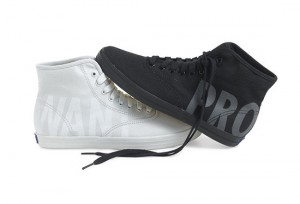
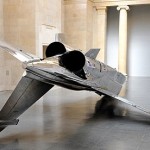
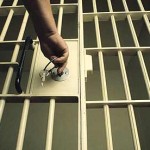
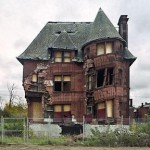
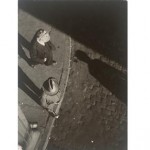
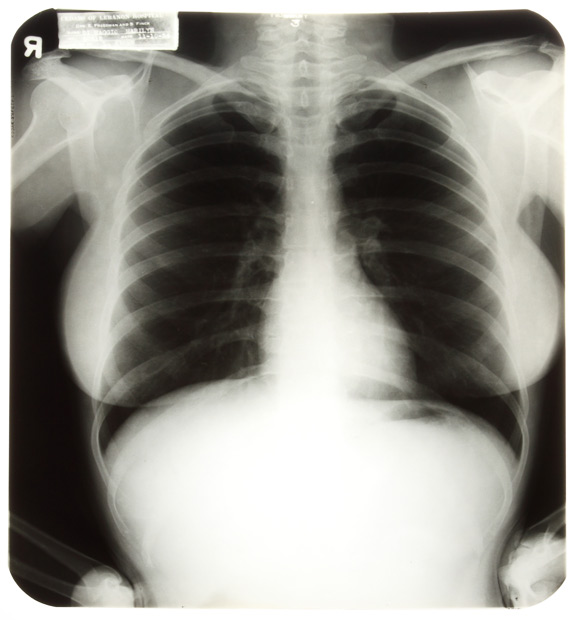

Fiona Banner’s plane at the Tate reminds me of Peter Hennessey’s Humvee for Melbourne Art Fair 2008.